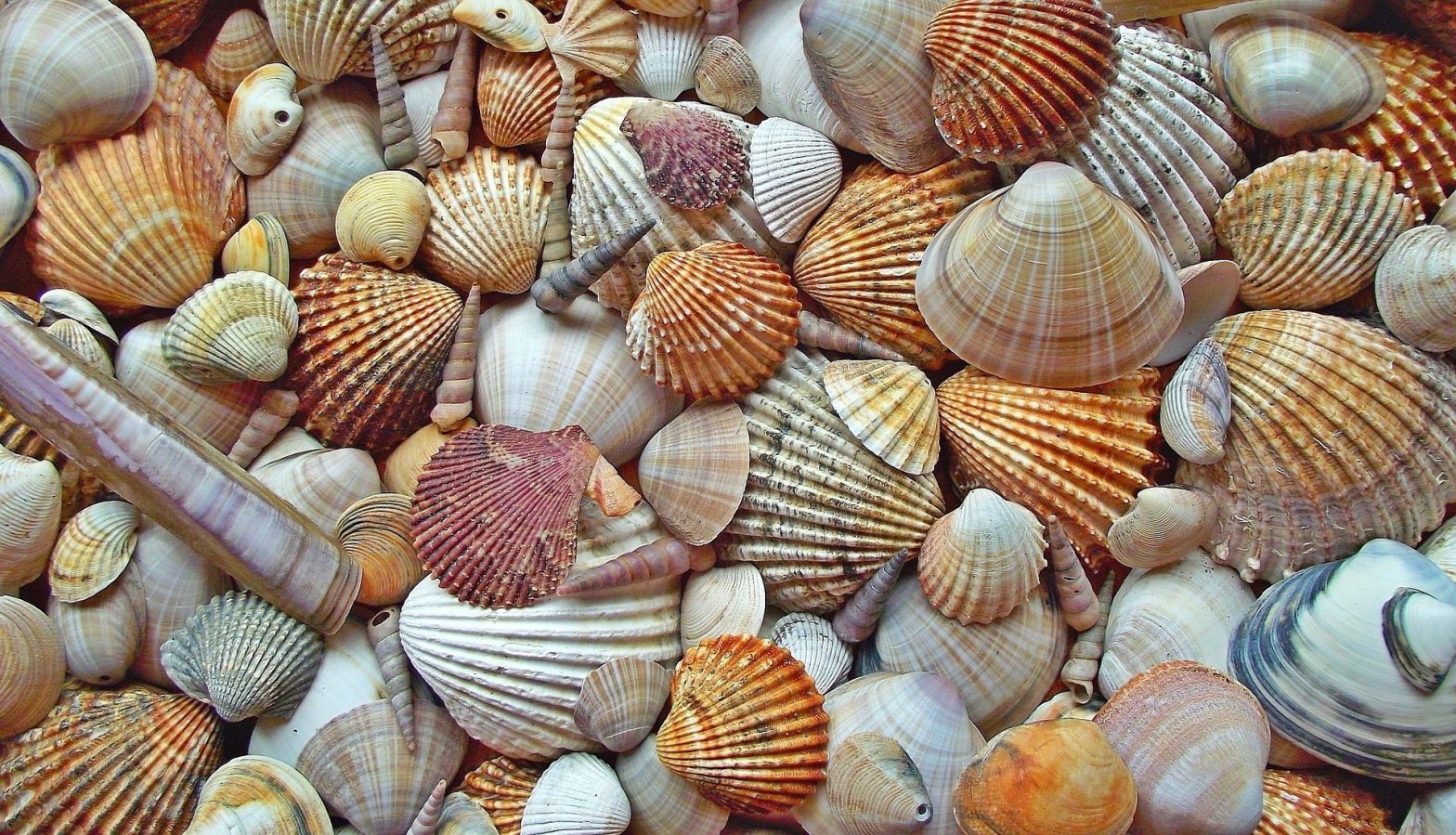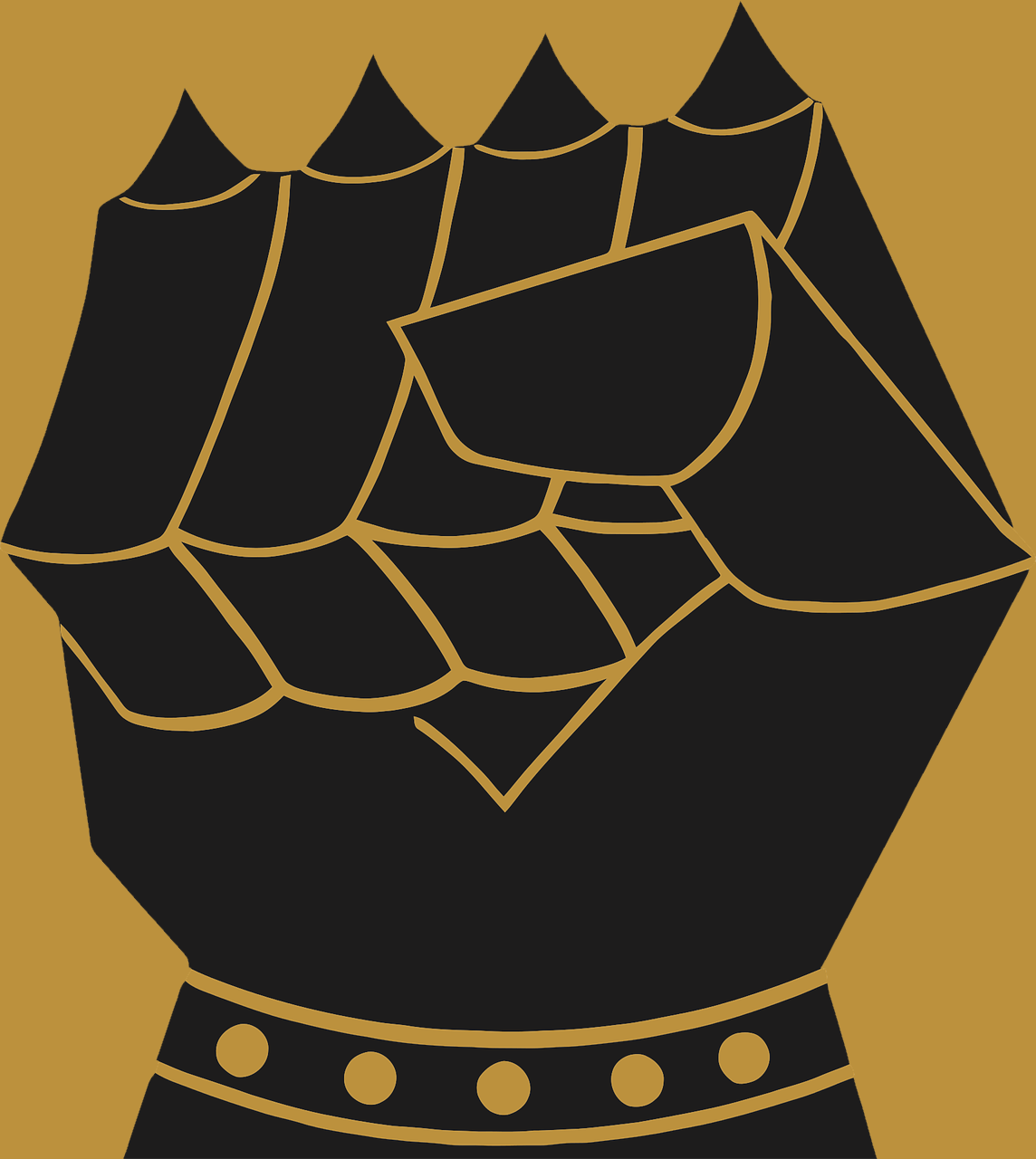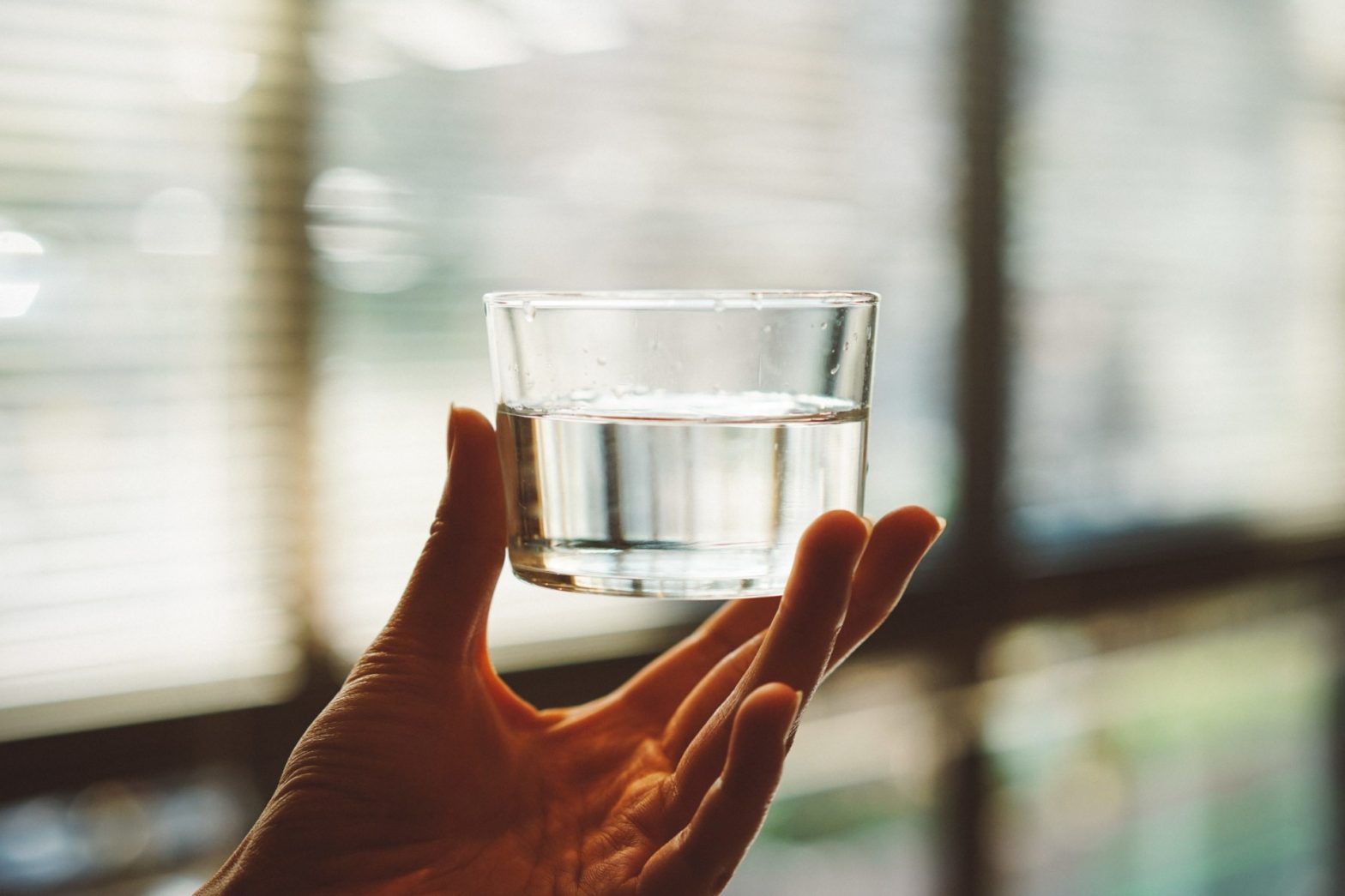Matthew 3:1–13; Mark 10:35–40; John 13:1–11; 1 Peter 3:18–22 (read online ⧉)
What is one thing you think of when it comes to Summer? How about a Summer trip or vacation? Today is the first day of Summer. Today is also National Seashell Day, in honor of trips to the ocean being the summer trip that many people take.
For those of us more familiar with coastal life, the sea may not represent the most interesting thing. For many, it is a place of recovery and peace. For others, it is a place of power and majesty (there really is nothing like a storm on the Pacific coast). For others still, it is a place of family and fun. Then for others, it represents the most dreaded time of all, concentrated time with family.
The seashell actually has a place in the Christian world, too. If you are familiar with Lutheran, Episcopal/Anglican, and Roman Catholic baptism traditions, it is not uncommon for the priest to pour water over an infant 3 times using a seashell invoking, “In the name of the Father (pour 1), and in the Son (pour 2), and in the Holy Spirit (pour 3).”
Where and how the seashell (in particular the Scallop seashell) was tied to baptism is tied to 2 men. The first would be St James the Greater who supposedly used the seashell to beg for alms on his pilgrimage, allowing even the poorest person to feel generous and able to give. How this exactly would have gotten tied to baptism is a mystery, so is unlikely.
The other likely avenue is St. Augustine, who had a vision of a boy trying to empty the sea with a seashell. After suggesting the boy why of this pointless activity, the boy retorted why are you trying to comprehend the entirety of the mystery of the Trinity. This as some greater weight, tying in water, pouring of water, and the Trinity. Still, someone would have had to make a huge leap.
There is another theory that John the Baptist used such to “aid” in baptism. However, one of our Jewish friends made a valid point that John would not have used an “unclean” (or non-Kosher) item to do such. Of the 3, the tie to Augustine makes the most sense.
However, there appear to be mosaics and frescos that predate Augustine that still have the seashell. Take your favorite theory and it’s fine. Just note that using a seashell for baptism is not mentioned in the Bible, so it is neither necessary nor forbidden.
The methods of performing baptism (immersion once, immersion thrice, pouring, drawing the cross, infant, child, confessing, adult) have long been an issue in the church. It is one well worth wrestling over for it is a command of Jesus. Yet, seashells are a weird non-sequitur, and there may be others you can think of. Such traditions and symbols can be valuable, but only if used and explained.
While denominations have been formed over methods and timing of baptism, none of them deny the significance of baptism. Wesleyans (such as the Church of the Nazarene, of which Generations is a part) believe that baptism is an outward sign (public profession) of inner faith. Other traditions hold that baptism is the act by which a person (particularly a child) is irrevocably sealed to the family of God. There are myriads of understandings.
What isn’t up for debate is whether one should be baptized. The symbolism of death and resurrection. The public profession of faith. The commandment of Jesus. All are part of the Christian journey and life.
One thing to leave you with. The tradition (inherited from the Jews) is baptism in “living” water. If you do make a trip to the sea or rivers, take some time with God and remember your baptism.








